Bean farming is a popular and sustainable agricultural practice that involves the cultivation of beans, a versatile and protein-rich legume. The process requires careful attention to soil preparation, planting, care during the growing season, and harvesting.
Soil Preparation
Bean plants thrive in well-drained, fertile soil with a pH level between 6.0 and 7.0. Prior to planting, it is essential to test the soil's fertility and adjust it accordingly by adding organic matter, such as compost, or balanced fertilizers. Beans are nitrogen-fixing plants, meaning they can enhance soil fertility by converting atmospheric nitrogen into a usable form. However, it’s important to ensure the soil has adequate phosphorus and potassium levels for optimal growth.
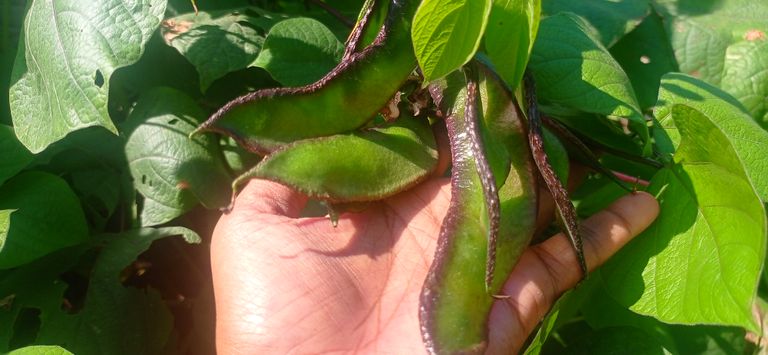
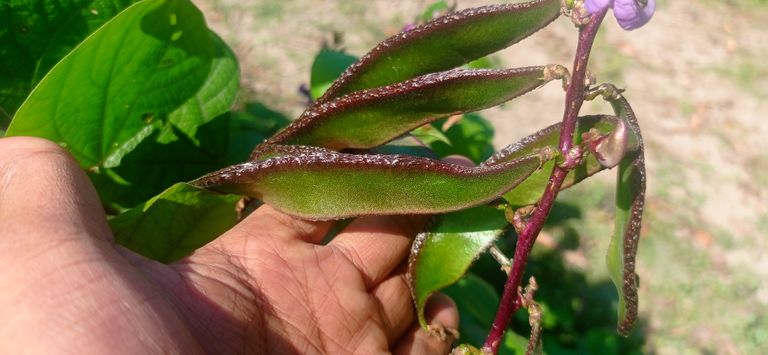
Clearing the land of weeds and debris is also crucial before planting. Tilling the soil helps loosen it, making it easier for the roots to grow and access nutrients. For large-scale farming, mechanical tillers can be used, while for smaller farms, hand tools may be sufficient.
Selecting Bean Variety
Choosing the right variety of bean is vital for success. Common bean varieties include bush beans, pole beans, and runner beans, each suited for different climates and farming systems. Bush beans are compact and grow without support, while pole beans require vertical structures such as trellises to grow. Additionally, beans can be classified by color (e.g., kidney, black, pinto, or white beans) and size, which should be selected based on market demand and the growing conditions of the area.
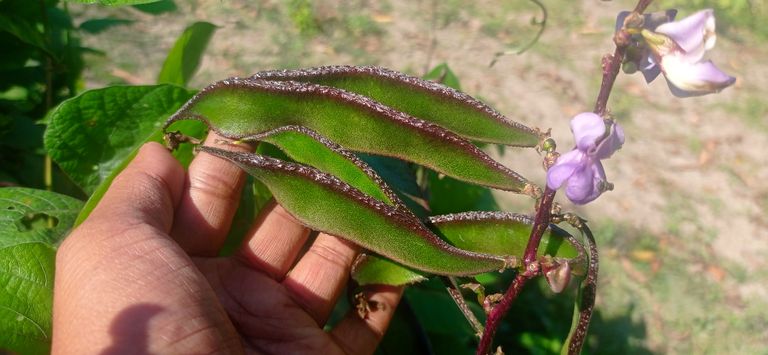


Planting Beans
The ideal planting time for beans depends on the local climate. Beans prefer warm temperatures, typically between 70°F and 90°F (21°C to 32°C), and should be planted after the risk of frost has passed. Planting is done by sowing seeds directly into the soil at a depth of about 1 to 1.5 inches (2.5 to 3.8 cm) for bush beans and 2 to 3 inches (5 to 7.6 cm) for pole beans.
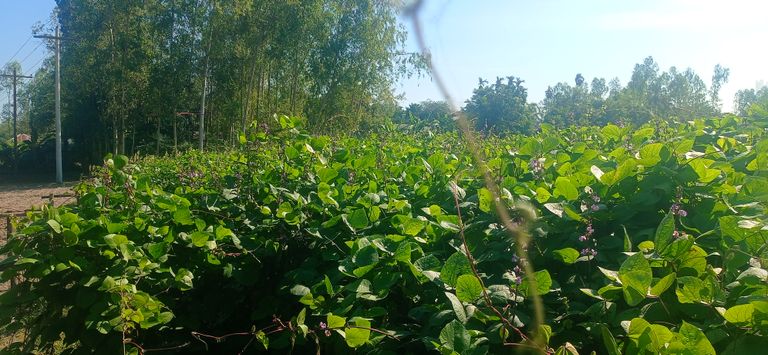
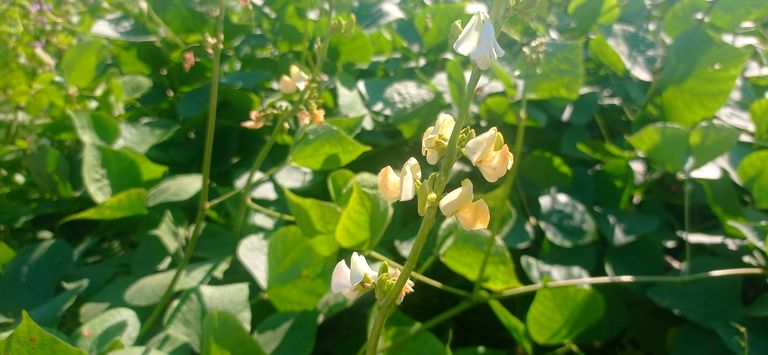
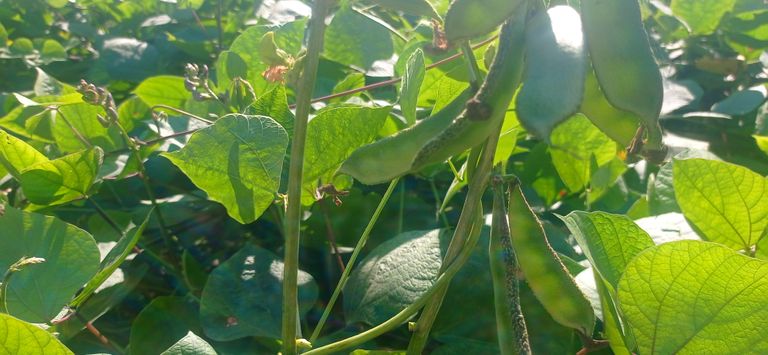
For bush beans, spacing between plants should be around 2 to 4 inches (5 to 10 cm), while pole beans require more space between rows, usually 36 to 42 inches (91 to 107 cm). Pole beans should also be planted near trellises or vertical supports. Proper spacing ensures adequate airflow, reducing the risk of disease.
Care and Maintenance
During the growing season, regular care is crucial for healthy bean plants. Watering is important, especially in the early stages of growth. Beans need about 1 to 1.5 inches (2.5 to 3.8 cm) of water per week, preferably applied at the soil level to avoid wetting the foliage, which can lead to fungal infections. Drip irrigation or soaker hoses are ideal for this purpose.

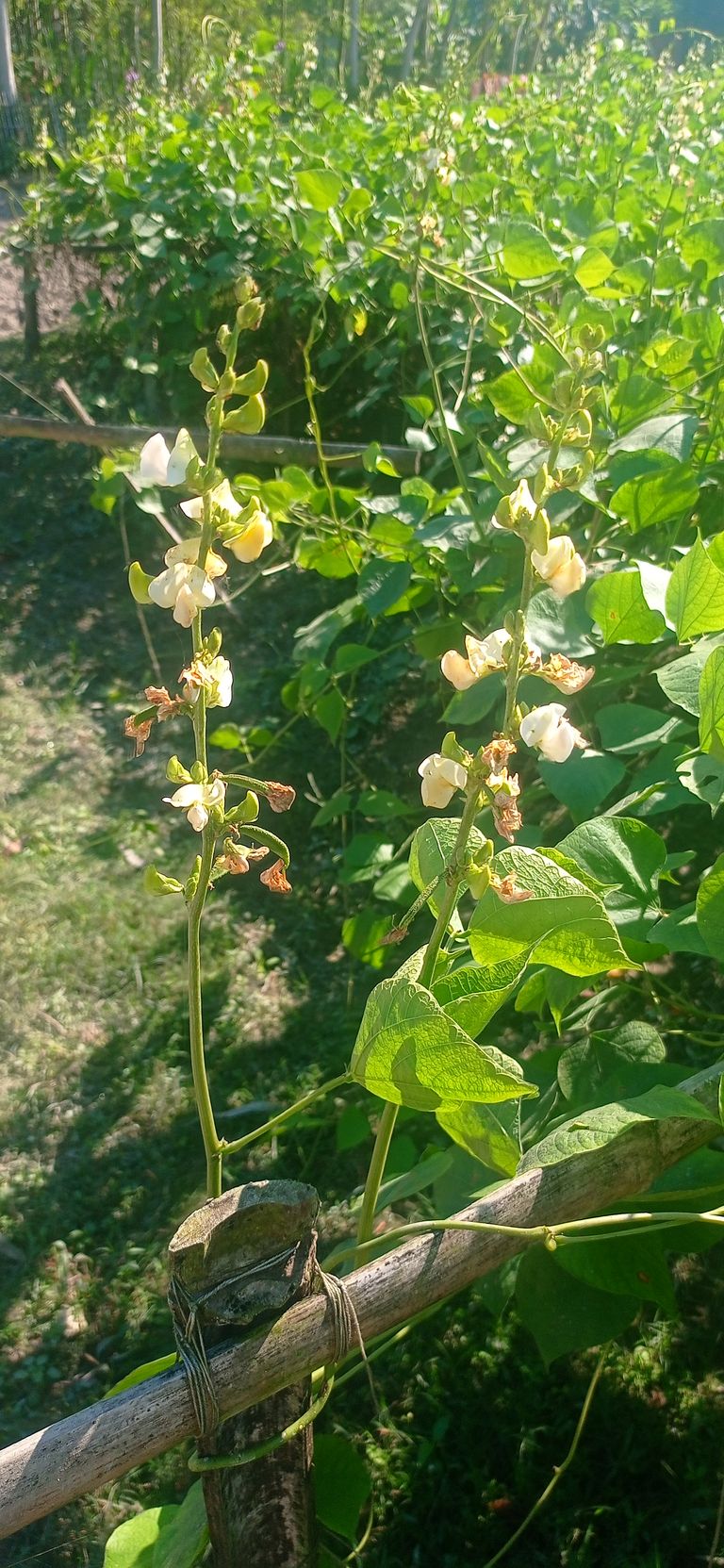
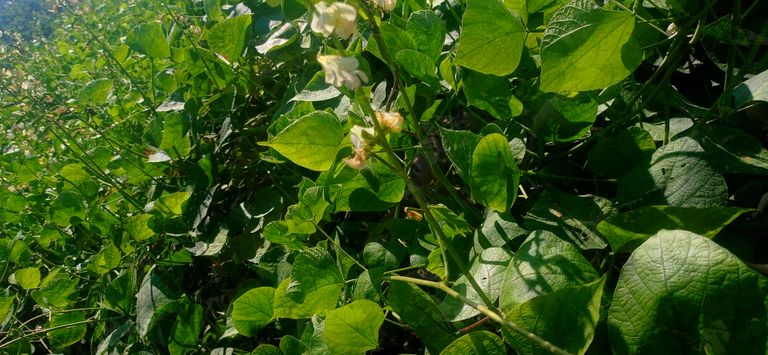
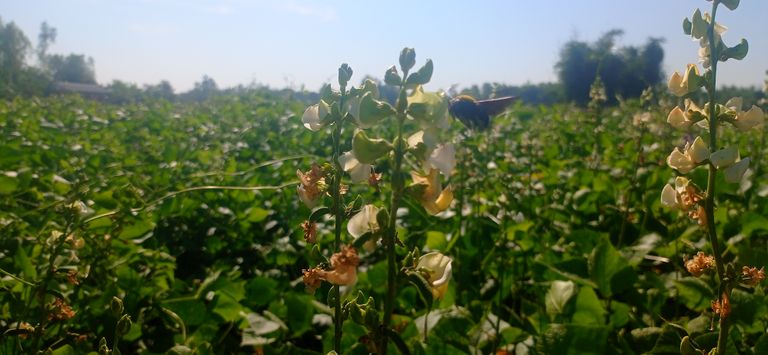
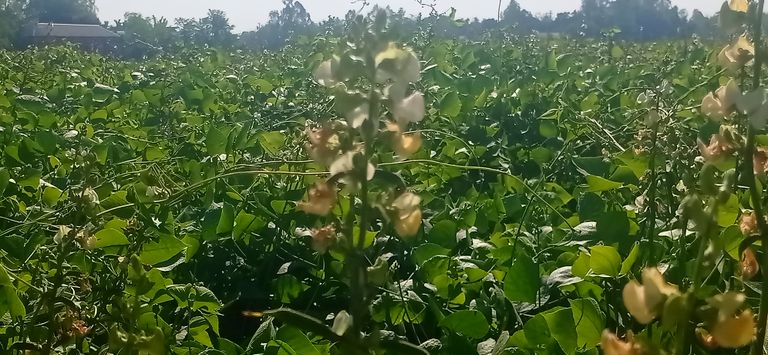
Weed control is another important task. Beans are relatively slow to establish, so weeds can compete for water and nutrients. Mulching around the plants can help suppress weeds and retain moisture in the soil. Organic mulch like straw or grass clippings is commonly used.
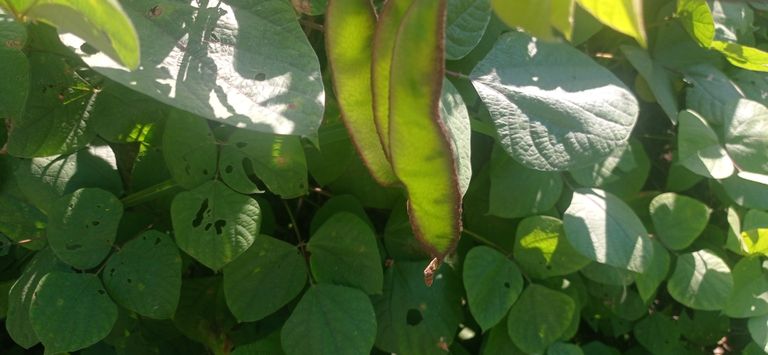
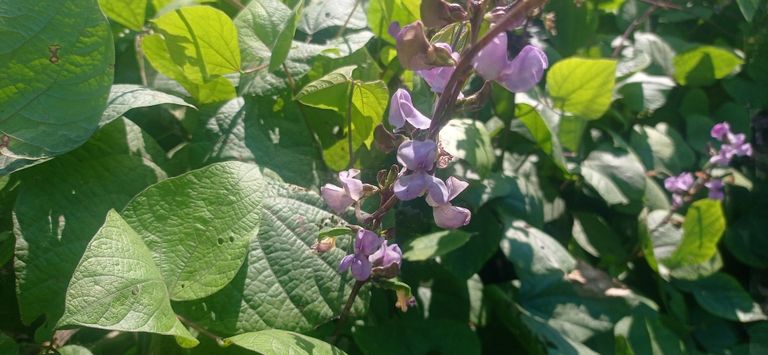
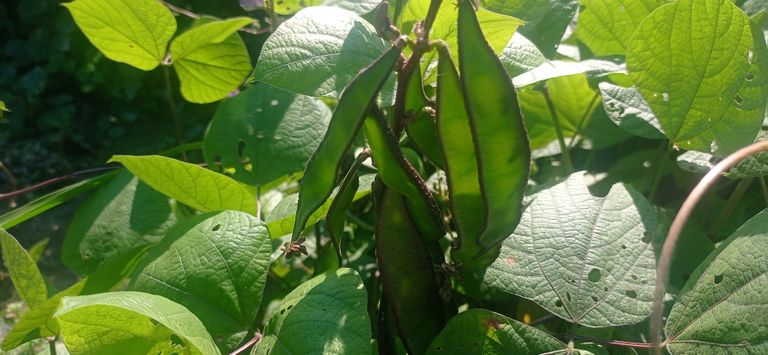

Pests and diseases, such as aphids, spider mites, and fungal infections like powdery mildew, should be
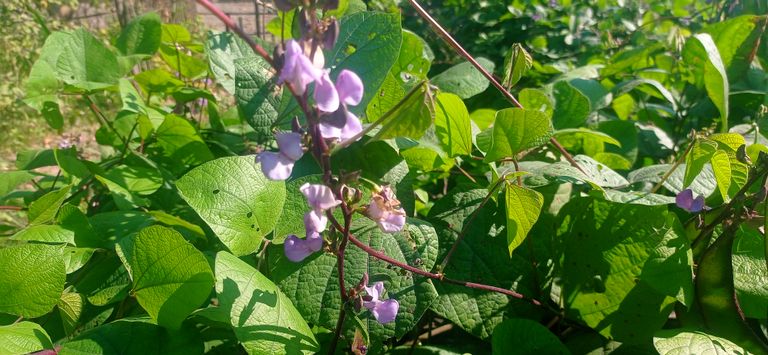
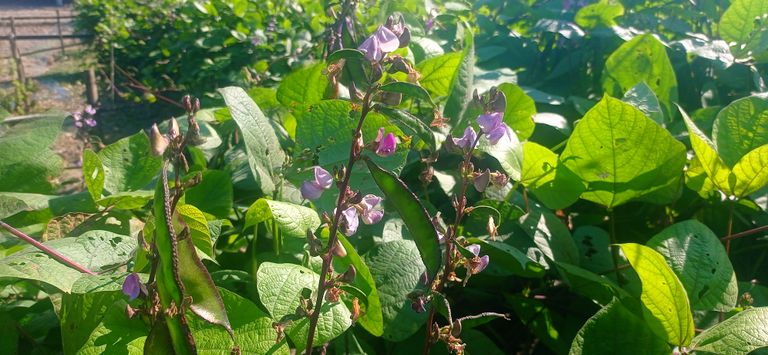
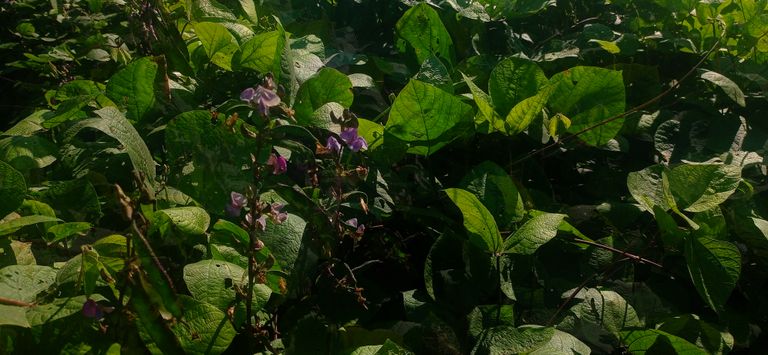
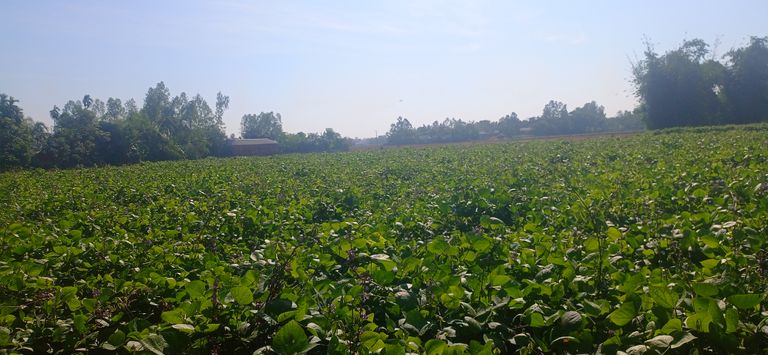
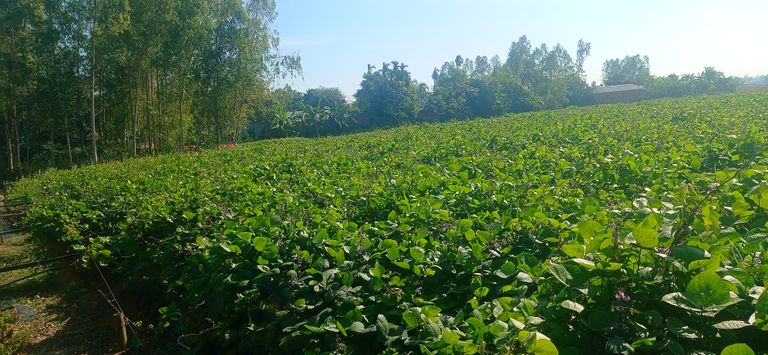

So far Today...
Stay Home
Thanks for Your Time Friend.
♥♥♥♥♥♥
Ok
See you Again in a New blog.
Thanks for being with me.
Plese Follow Me......
@mspbro
★★To contact me★★
Subscribe My 3speak Channel https://3speak.online/user/mspbro
Follow me Twitter https://twitter.com/mdsumonpra
Add me Facebook https://www.facebook.com/sumon.mim84
Congratulations, your post has been upvoted by @dsc-r2cornell, which is the curating account for @R2cornell's Discord Community.
Enhorabuena, su "post" ha sido "up-voted" por @dsc-r2cornell, que es la "cuenta curating" de la Comunidad de la Discordia de @R2cornell.